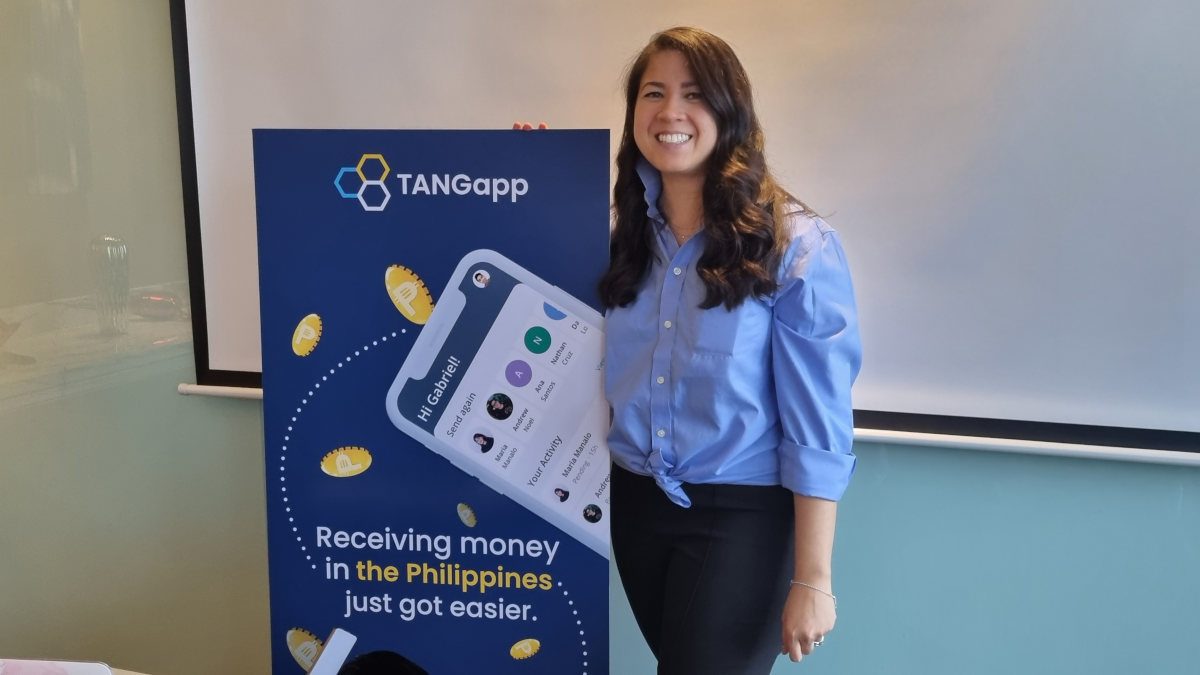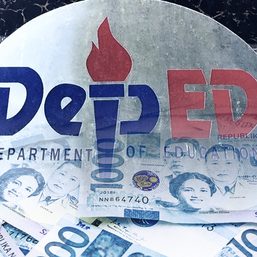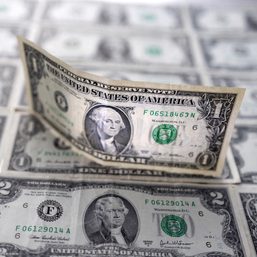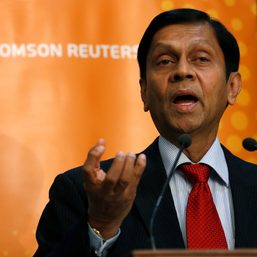SUMMARY
This is AI generated summarization, which may have errors. For context, always refer to the full article.

MANILA, Philippines – The Philippines has one of the largest remittance markets in the world, placing fourth as a recipient country in 2021 after India, Mexico, and China, according to the World Bank.
But for the longest time, overseas Filipinos were limited to bank and money transfer agents if they wanted to send money back home – two options that are nowadays comparatively inconvenient and costly for the senders. But with the wider adoption of digital services, there are now easier and more accessible ways to transfer money across the seas.
One of these solutions come from Rebecca Kersch, a Filipina-Dutch Harvard graduate, who wants to make money transfers as fast and as easy as texting. Her peer-to-peer digital payments app, TANGapp – a play on the Filipino word “tanggap,” which means to receive – looks to become what she describes as an “international GCash” that can facilitate transfers at competitive rates.
TANGapp allows Filipinos in the US to send money to their loved ones in the Philippines in minutes, Kersch explained to the media in the app’s local launch on Monday, February 13.
First, both senders and receivers have to sign up on the app. Then, senders have to link their bank accounts, while receivers link either their bank accounts or e-wallets. After which, senders can simply search the receiver from their contacts or key in their mobile number, input the amount they want to transfer, and hit send.
Supported e-wallets in the Philippines include GCash, Maya, GrabPay and Coins.PH, among others.

Right now, however, the app can only accommodate transfers from the US to the Philippines and not the other way around. Kersch did say she’s received a lot of requests to add the option for the latter, and she’s already working on having it soon.
The app boasts a number of benefits over traditional remittance options. One of which is that the company says the service doesn’t have any hidden fees, with all transfers costing 3% flat no matter the amount. Kersch, in comparison, said that based on her own market research, transfer fees from the US to the Philippines usually cost 8% of the amount to be sent. Meanwhile, remittance service review aggregator CompareRemit says transfers cost between 4% to 14%.
Kersh said she plans to eventually lower the 3% cost as she continues to build TANGapp and work with more partners. But because the app isn’t seeing large volumes of transactions yet, the cost is what’s keeping operations running.

Another benefit of the app is that it features a live exchange rate that gets updated hourly, which comes via foreign exchange platform XE. Kersch said that that transparency is its competitive edge as other money transfer services tend to hide mark-ups in the exchange rate.
Lastly, the app has low minimum transfer amounts. Senders can transfer as low as $5 and still enjoy the same 3% transfer fee. Kersch believes that by having such a benefit, the app can help Filipinos learn about financial planning and budget allocation. Senders can, for instance, transfer smaller amounts per week than one large amount per month without feeling like they’re losing a lot from paying transfer fees.
Apart from money transfers, TANGapp users in the US can also buy prepaid load for any Filipino number.
TANGapp also has security measures in place to protect users’ contact and banking data. Kersch said the app has already seen two attack attempts since it launched, both of which were unsuccessful. She added that the company’s compliance team is also monitoring the latest cyber threats to stay one step ahead of malicious actors.
Kersch got the idea for TANGapp from seeing her tita (aunt) Baby, an OFW, regularly go through the lengthy and expensive remittance process just to send money to her family in the Philippines – sometimes spending as much as a month’s wages just on the high transfer fees.
“We started TANGapp so my tita, and millions of other OFWs, have an easier, more convenient, and less expensive way to send money back home in an otherwise lengthy and expensive process,” said Kersch.
While TANGapp is headquartered in Brooklyn, New York, Kersch said that ever since the inception of the app in 2020, the global team of 12 full-time members has always worked remotely across different countries in the world. This week, they all flew to the Philippines, the pioneer market, to meet each other and the local team for the first time, talk to prospective business partners, host community events, and advance the company’s social mission of helping improve the lives of migrant workers and the unbanked.
“At TANGapp, we believe that digital mobile payment services can improve for Filipinos. Whether they are one of the 4.5 million Filipinos working in the US or the tens of millions of unbanked in the Philippines, every Filipino deserves access to the ever-growing international digital economy,” said Kersch.
So far, TANGapp has raised $1.5 million in pre-seed funding from 17 angel investors in 2021 and is currently raising its $2.5 million seed round from venture capital firms. Among the app’s largest pre-seed investors is KSR Ventures founder and CEO Katrina Razon. Other investors include Kersch’s Harvard Business School entrepreneurship professors and venture capital firms like Goodwater Capital, TEN13, Visible Hands, and Bolster Ventures.
Kersch is confident that her company will receive the funding it needs to expand and become profitable after it recorded an average month-on-month growth rate of 35%, with over 40% of its users being repeat users, in 2022.
For 2023, Kersch said TANGapp plans to work with more charitable organizations in the Philippines and expand its remote-first team, among other efforts. She also said her company is exploring adding other services like the option to send gift cards instead of money. For the future, she wants to expand TANGapp to other viable markets where there are also a lot of migrant workers, such as Dubai, for example, though that’ll only come after the app has gained a sufficient foothold in the US. – Rappler.com
Add a comment
How does this make you feel?




There are no comments yet. Add your comment to start the conversation.